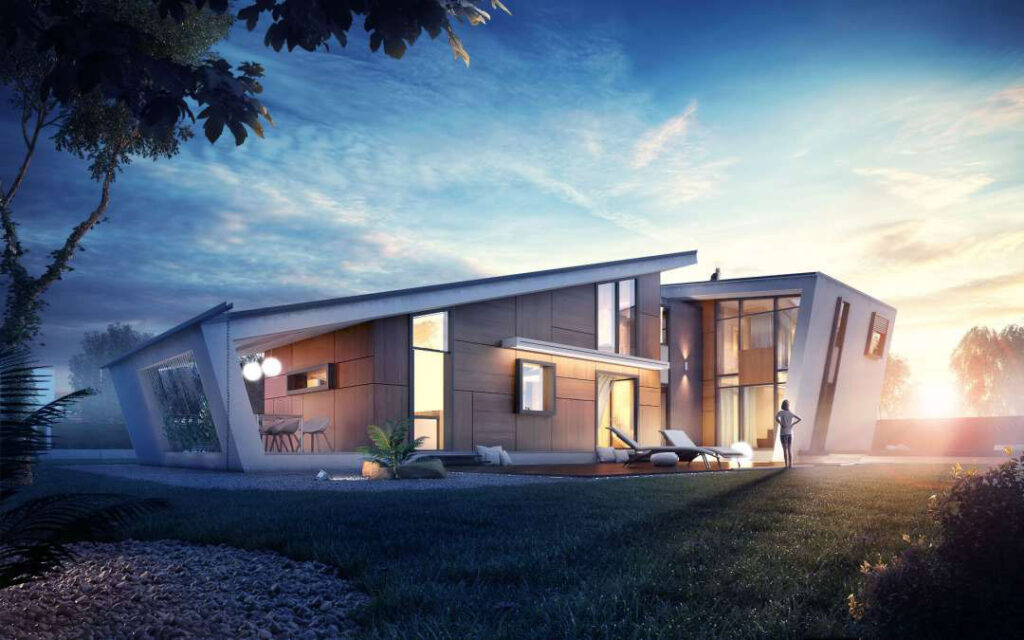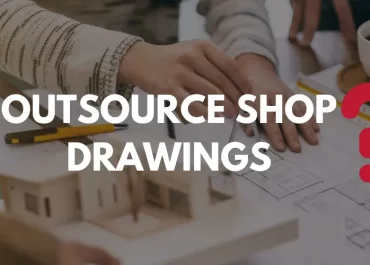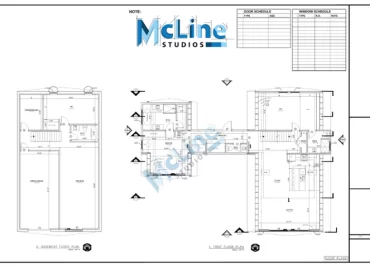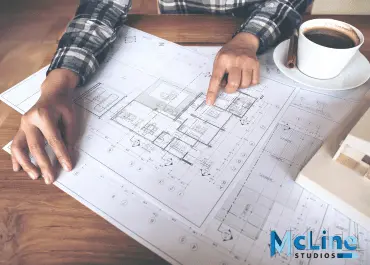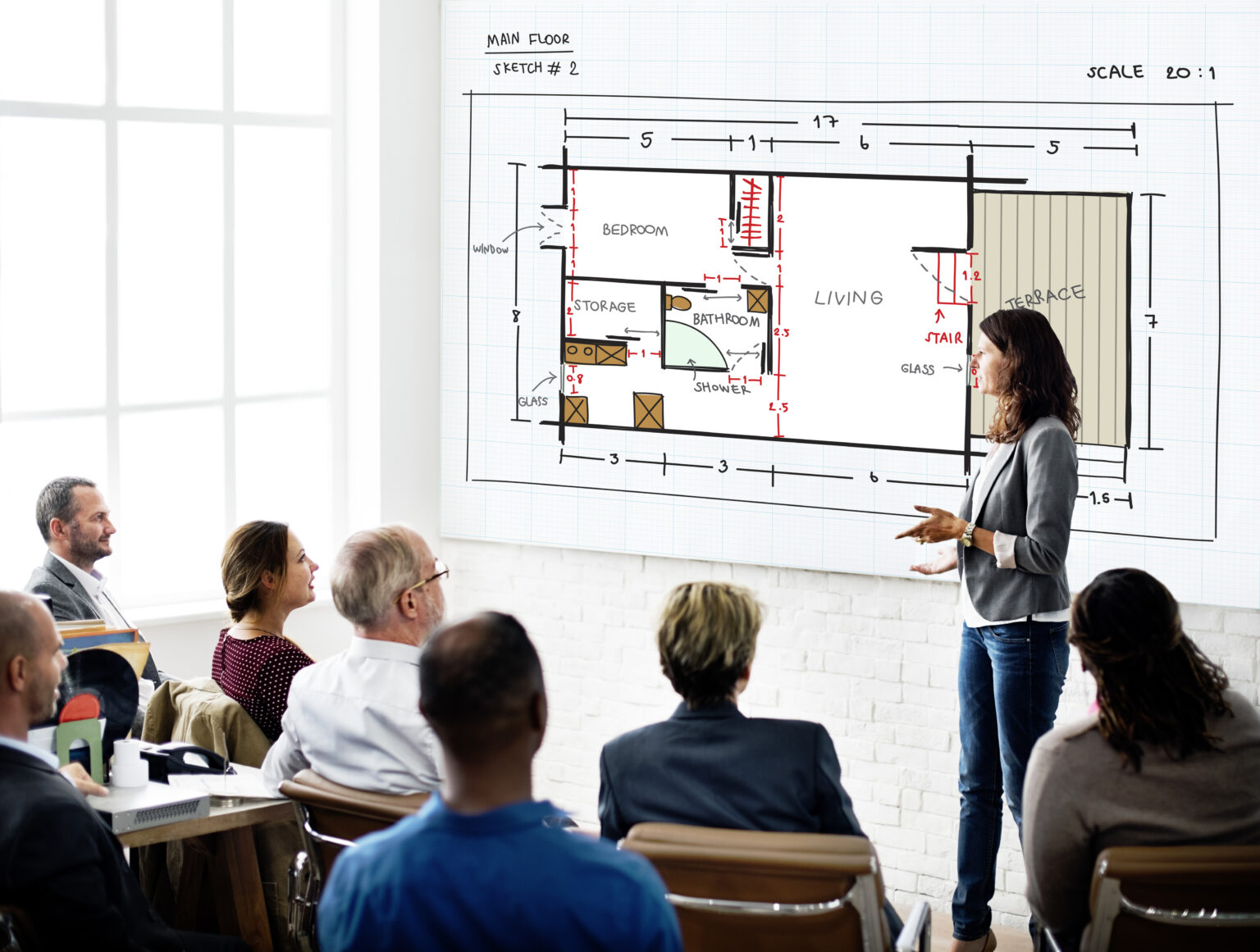As technology advances, so too does the world of architectural visualization. One of the most exciting developments in this field is the rise of 3D rendering. With this technology, architects, designers, and developers can create hyper-realistic visualizations of their designs that allow them to explore and communicate their ideas in new ways.
What Is Architectural Visualization?
Architectural visualization has come a long way from traditional hand-drawn sketches and blueprints. With the advancement in technology, architectural visualization has moved towards 3D rendering, allowing architects, designers, and clients to visualize their designs in a more realistic and immersive way.
Architectural visualization ranges from static images to dynamic, interactive presentations, allowing for immersive exploration of spaces and environments. It employs techniques like photorealistic rendering, lighting simulation, and texture mapping to achieve a high level of realism, enabling viewers to experience the look and feel of the envisioned structure.
Technologies That are Shaping the Future of Architectural Visualization
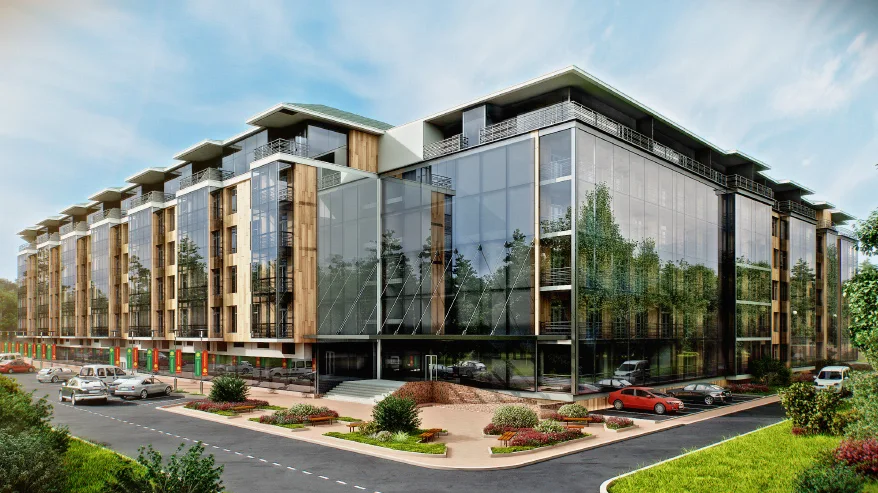
Real-time Rendering
Real-time rendering has been gaining popularity in recent years, and it’s likely to become the norm in architectural visualization. Real-time rendering allows designers to make changes to their designs on the fly, and clients can view the changes in real-time.
This feature is particularly useful when working on large-scale projects, where changes to the design can have significant implications. With real-time rendering, designers can make adjustments and see how they affect the project’s outcome instantly.
Virtual and Augmented Reality
Virtual and Augmented reality have been around for a while, and their integration into architectural visualization is becoming more common. Virtual reality allows clients to immerse themselves in a 3D model of the design, allowing them to experience the space as if they were physically there.
Augmented reality allows designers to superimpose a 3D model of the design into the real world, giving clients a sense of how the design will look in the real world. The integration of these technologies into architectural visualization has been a game-changer, allowing designers and clients to have a more realistic and immersive experience.
Artificial Intelligence
Artificial intelligence has been making its way into various industries, and architectural visualization is no exception. With AI, designers can automate tasks such as modeling and rendering, allowing them to focus on more critical aspects of the design process.
AI algorithms can also analyze data and make predictions about how a design will perform in the real world, helping designers optimize their designs for energy efficiency and other factors.
Cloud Rendering
Cloud rendering allows designers to render their designs using the power of cloud computing, reducing the time it takes to render a project. Cloud rendering also allows designers to work collaboratively on a project from different locations, increasing efficiency and productivity. With cloud rendering, designers can also access their designs from any device, making it easier to work on the go.
Benefits of 3D Rendering In Architectural Visualization
The benefits of 3D rendering Architectura, visualization are many. One of the most significant advantages of this technology is its ability to create hyper-realistic visualizations of designs. With 3D rendering, architects can create virtual environments that accurately simulate the look and feel of a real building or space. This level of detail and realism allows architects and designers to make informed decisions about their designs before construction even begins.
Another benefit of 3D rendering is that it allows architects to communicate their ideas more effectively. With a 3D visualization, clients can see exactly what a design will look like, how it will function, and how it will fit into its surroundings. This level of clarity and detail helps to ensure that everyone involved in a project is on the same page and working towards the same goals.
Additionally, 3D rendering is a cost-effective solution for architectural visualization. It allows architects to experiment with different design ideas without the need for physical models or prototypes. This saves time and money, as well as reducing the environmental impact of the design process.
Challenges of 3D Rendering In Architectural Visualization
While 3D rendering has many benefits, it also presents some challenges. One of the most significant challenges is the complexity of the technology. Creating a high-quality 3D rendering requires specialized knowledge and skills that not all architects and designers possess. This means that architects and designers must either invest in training or hire specialized 3D rendering professionals to create visualizations for them.
Another challenge of 3D rendering is the time and resources required to create high-quality visualizations. Creating a 3D rendering of a floor plan or product can be a time-consuming process, and it requires powerful hardware and software to achieve the level of detail and realism that architects and designers expect. This can be a barrier for smaller firms or individual designers who may not have access to these resources.
Finally, 3D rendering presents some challenges when it comes to collaboration and communication. While a 3D visualization can be an effective communication tool, it is not always easy to share and collaborate on these visualizations with other stakeholders in a project. This can lead to misunderstandings and miscommunications that can impact the success of a project.
Evolution Of 3D Rendering In Architecture
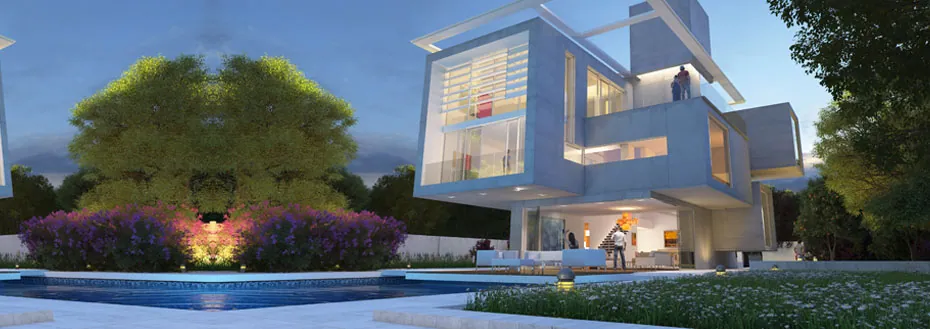
Despite these challenges, the future of architectural visualization with 3D rendering looks bright. As the technology continues to evolve, we can expect to see several exciting developments in this field.
One of the most significant developments we are likely to see is the integration of 3D rendering with other technologies. For example, virtual reality (VR) and augmented reality (AR) technologies are becoming increasingly popular in the architectural visualization field. These technologies allow architects and designers to create immersive experiences that allow clients and stakeholders to explore and interact with designs in new ways. We can expect to see 3D rendering become an essential component of these technologies, providing the high-quality visualizations that make them so effective.
Takeaway
The future of architectural visualization with 3D rendering is promising. The advancements in technology and the integration of 3D rendering with other technologies such as real-time rendering, virtual and augmented reality, artificial intelligence, and cloud rendering are revolutionizing the way architects, designers, and clients experience and communicate designs.
The benefits of 3D rendering are vast, including the ability to create hyper-realistic visualizations, effective communication of design ideas, and cost-effectiveness. It allows architects to make informed decisions before construction begins, saving time and resources. However, challenges such as complexity, time, resources, and collaboration need to be addressed to fully leverage the potential of 3D rendering.
Looking ahead, the integration of 3D rendering with virtual and augmented reality will provide immersive experiences, allowing clients and stakeholders to truly experience and interact with designs. Artificial intelligence will automate tasks and optimize designs for better performance. Cloud rendering will enhance collaboration and flexibility.
As technology continues to advance and become more accessible, we can expect to see 3D rendering becoming a standard practice in architectural visualization. Smaller firms and individual designers will be able to embrace this technology, democratizing the industry and opening up new opportunities for creativity and innovation.
The future of architectural visualization with 3D rendering is an exciting one. With its ability to bring designs to life, facilitate better decision-making, and enhance communication, 3D rendering is poised to transform the way we design and experience buildings and spaces. It is an essential tool for architects, designers, and clients alike, enabling them to envision and shape the future of our built environment.

